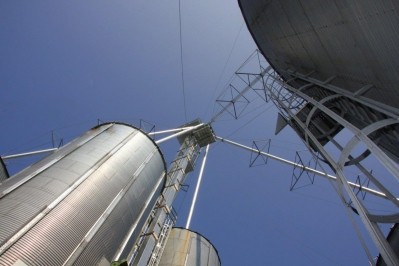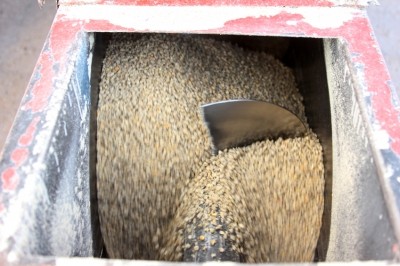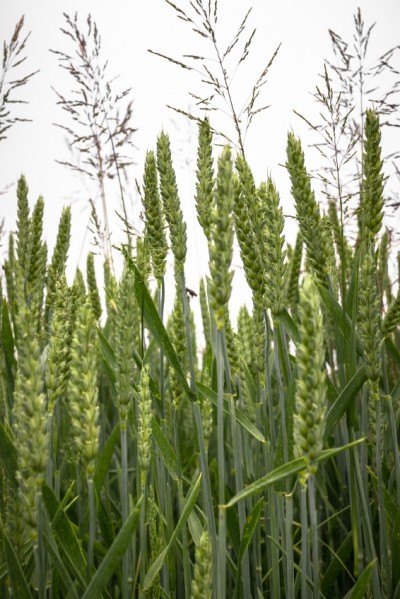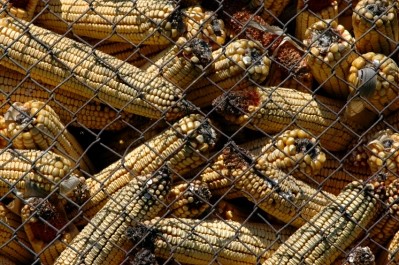US: Prevention, testing may boost return on feed wheat
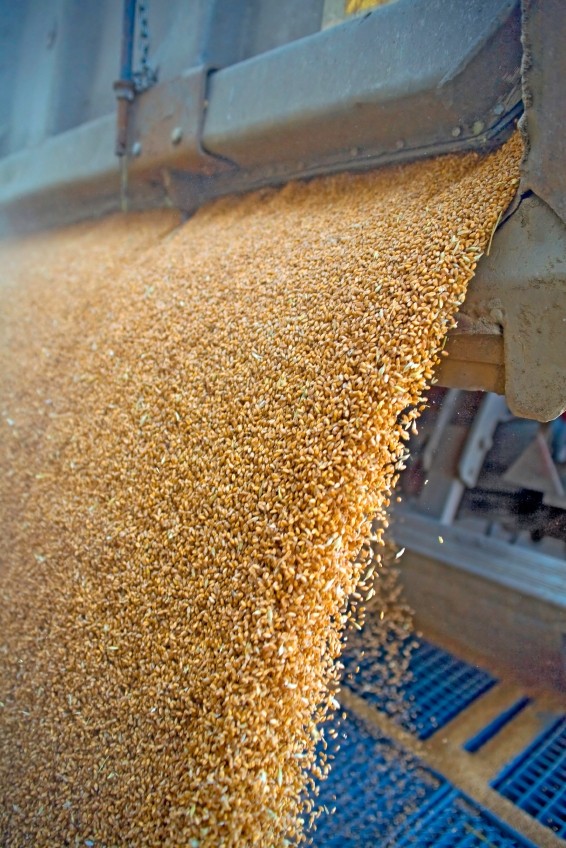
“There’s probably opportunities for (farmers) to purchase wheat at a discounted price, but the real question might be to get it processed, if they’re not already set up to process wheat, there might be some start-up costs and there might be some knowledge gaps to be filled,” Travis Meteer, an extension educator with the University of Illinois Extension, told FeedNavigator. “It [feed quality wheat] may be more available, and the price may be low, but the return on your investment may not be really high.”
However, some background knowledge of what to prepare for and how to feed wheat can help, he said.
“Those who have encountered it [feed quality wheat] before, and know the challenges will probably be more successful than someone trying to figure it out this year,” he said. “But, where risk is present, so is opportunity, and those who can use it, and use it right, will benefit.”
Of the wheat consumed in the US, over 70% is used for food products, about 22% is used for animal feed and residuals, and the remainder is used for seed, according to US Department of Agriculture (USDA) statistics.
Crop damage and wheat in the feed market
Some of this year’s wheat crop in areas of the Midwest part of the US has seen damage from rain and weather, said Meteer. The most common blemishes that have been causing price docks when taken to the grain elevator are low crop test weight, sprouting, and the amount of Deoxynivalenol (DON), often called vomitoxin present in the grain.
Most of the damage being seen is contained within the grain so the straw shouldn’t see many problems, he said. Additionally, wheat that was put up in silage may have a lower risk of mycotoxins because of when the crop was harvested.
Low test weight and sprouting aren’t known to cause the same amount of issues in terms of using wheat for animal feed because animals are still able to convert the wheat, he said. However, it will need to be dried and stored carefully to avoid any complications with aflatoxin.
Working around vomitoxin
The presence of higher levels of the mycotoxin vomitoxin in the wheat may be harder to mitigate, but there are viable options, Meteer said.
There are ways to test the wheat to determine the amount of vomitoxin, he added. The mycotoxin is produced by several molds and reportedly sometimes presents with a pink scab, but a lab inspection is preferred to a visual check. The US Food and Drug Administration (FDA) has established recommended levels not to exceed when it comes to vomitoxin in a feed supply.
In cattle and dairy advised levels are 10 parts per million (ppm) for grain or grain by-products on an 88% dry matter basis or 30 ppm for distillers grains and gluten meals or feeds, again on an 88% dry matter basis. The feeds may be used with ruminating beef, feedlot cattle or dairy cattle older than four months. However, for the total ration for cattle or dairy cows, the suggestion is 10 ppm and 5 ppm or less, respectively.
For chicken the recommendation is no more than 10 ppm of grain or grain by-products and comprising half their diet or less. While for swine the level is 5ppm of grains or grain by-products, and that it not surpass 20% of their diet.
“The best strategy is just dilution,” Meeter said. “If you’re incorporating t (the wheat) into a mixed ration or a complete feed, you can use other grains and feed stuffs to dilute the level (of vomitoxin).”
Other treatments, like toxin bonding agents also can be used, but are more effective with other types of mycotoxins, he added.
“The other item that I recommend to farmers is to use these grains in non-gestating animals,” he said. “It makes more sense that there’s less risk in the animals that are being finished for slaughter rather than breeding.”
